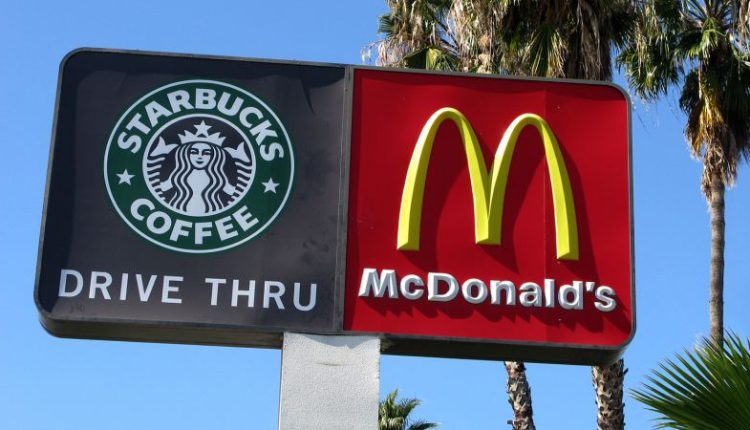A version of this story appeared in CNN Business’ Nightcap newsletter. To get it in your inbox, sign up for free, here.
On the surface, it looks like Americans are laying off the Big Macs, booze and even — gasp! — Starbucks.
Earnings season for major food and beverage companies began just this week, but already we’re seeing how American spending habits are evolving in this era of strong employment, steady wages and cooling inflation.
The upshot: Americans are still happy to spend. It’s what we do, after all. If there were an Olympics for buying stuff while staring down political upheaval and wars and pandemics, the United States would take home gold, silver and bronze 100% of the time.
But lately, we’re a little more discerning.
See here: Starbucks on Tuesday reported its second quarter in a row of dismal sales. On Monday, McDonald’s reported sales fell 0.7% in the US from the same period in 2023. Diageo, the maker of Johnny Walker and a smattering of other popular booze brands, saw its first sales decline since the pandemic began, led by a pullback in North America.
It’s not as if Americans have suddenly given up fast food or joined a cult of teetotalers. But after several years of rising prices, we’re seeking out deals where we can find them and splurging on the stuff we really want.
“Consumers are willing to spend, it’s just that they’re not willing to spend on the same old thing,” said RJ Hottovy, head of analytical research at Placer.ai. And they are “definitely being more selective with their food purchases.”
The trend is especially visible among chain restaurants, as Jonathan Maze, editor-in-chief at Restaurant Business Magazine, noted on X.
Sales at Chipotle locations open at least a year? Up 11% from a year ago.
Texas Roadhouse? Up 9.3%.
McDonald’s? Down 0.7%.
Starbucks? Down 2%.
People are essentially saying “look, if I’m already going to be overpaying for food, I may as well sit down and get some service out of it.”
This isn’t entirely new. For years, the pricing gap between restaurant chains — from your traditionally cheaper “quick service restaurants” (like McDonald’s) to “fast casual” (Chipotle, Sweetgreen) and “casual dining” (Applebee’s) — has been narrowing.
The once reliably cheap McDonald’s pushed its prices up, while sit-down restaurants leaned into value and convenience.
Applebee’s, for one, made a direct pitch to the hordes of ticked-off McDonald’s customers who felt the chain had abused its pricing power. This spring, the CEO of Applebee’s parent company Dine Brands told CNN in an interview: “You can get our burger for $9.99 … why would you take a $10 burger … that you can eat in a bag out of your car?”
Chili’s made its sales pitch even more explicit, announcing the addition of a burger with “twice the beef of a Big Mac” to its “3 for me” value menu.
Now, McDonald’s is trying to win back poorer customers while appealing to more affluent customers who want something new. To do that, it’s doubling down on its $5 value meal promotion while introducing a higher-end “Big Arch” burger.
Zooming out from the food space, all of this tracks with the post-pandemic tendency for shoppers to treat themselves to little luxuries and Instagram-worthy experiences. Are we getting takeout every night for dinner? No. Are we maybe making coffee at home or opting for a cheaper version from the corner bodega? Absolutely. But are we also spending a few thousand bucks to see Taylor Swift in Paris? Heck yes.
It is a truth so universally acknowledged that it’s practically a cliché: Don’t bet against the American consumer. Spending money — it’s what we do. It’s who we are. And it’s the reason the US economy clocked a stronger than expected 2.8% annual growth rate in the second quarter.
USA! USA! USA!
Read the full article here

